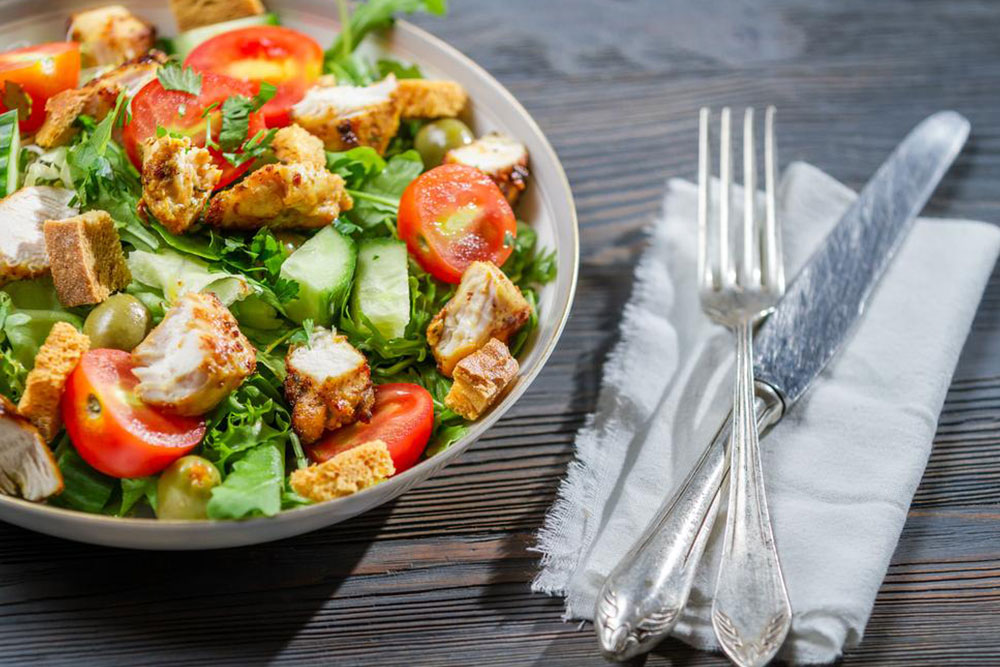Advantages of Adopting the Paleolithic Nutrition Plan
Discover the health benefits of adopting the paleo diet, including weight management, reduced inflammation, improved gut health, and chronic disease prevention. Learn which foods to eat and avoid for a healthier lifestyle rooted in natural, unprocessed ingredients. Embrace a balanced approach to diet and exercise to enhance overall well-being and longevity.
Advantages of Adopting the Paleolithic Nutrition Plan
Advantages of adopting the paleo eating approach
The paleo eating plan focuses on maximizing health benefits by choosing specific foods and eating habits. It mimics the diet of ancient hunter-gatherer societies from the Paleolithic era. Those seeking to improve overall health, lower their risk of developing conditions like diabetes, obesity, and cardiovascular issues can find value in incorporating paleo principles. While maintaining this diet can be challenging, the health improvements it offers make the effort worthwhile.
Before exploring the benefits, it's important to understand which foods to include and avoid in the paleo lifestyle.

Foods recommended in the paleo diet:
Meats – Chicken, beef, turkey, pork, lamb, and others.
Seafood – Fish like salmon, trout, shellfish, haddock, etc.
Eggs – Free-range and omega-3 enriched eggs.
Vegetables – Kale, broccoli, peppers, carrots, onions, tomatoes, etc.
Fruits – Bananas, oranges, apples, avocados, berries, and more.
Nuts and seeds – Almonds, walnuts, sunflower seeds, pumpkin seeds, and others.
Healthy fats and oils – Coconut oil, extra virgin olive oil, avocado oil.
Spices and seasonings – Garlic, sea salt, turmeric, rosemary, etc.
Foods to avoid in the paleo diet:
Cereals – Bread, pasta, wheat, barley, rye, spelt, and similar grains.
Legumes – Beans, chickpeas, lentils, peas.
Dairy products – Milk, cheese, yogurt, and other dairy foods.
Refined oils – Sunflower, cottonseed, soybean, corn, and similar processed oils.
Trans fats – Common in processed and fried foods.
Artificial sweeteners – Saccharin, sucralose, aspartame, cyclamate.
Highly processed items – Instant noodles, canned meals, snack bars, frozen foods.
Following these dietary guidelines can lead to a healthier lifestyle and numerous health benefits. Below are some of the key advantages of embracing the paleo approach.
Sustainable weight management
Achieving and maintaining a healthy weight is a common goal. The paleo diet has been shown to be highly effective for long-term weight loss through natural food choices.
Reduces cravings and improves food choices
Consuming whole, unprocessed foods reduces urges for unhealthy snacks and junk food, promoting better eating habits.
Encourages active living
The paleo lifestyle emphasizes physical activity alongside diet, encouraging regular exercises, walking, swimming, cycling, and other movement-based activities.
Minimizes inflammation
Avoiding processed foods and certain irritants helps reduce internal inflammation, lowering the risk of allergies, asthma, and other immune-related conditions.
Enhances gut health
A focus on nutrient-dense, natural foods supports digestive health, reducing irritation and promoting a strong gut microbiome.
Improves sleep quality
Better diet and lifestyle habits associated with paleo can lead to more restful sleep patterns.
Prevents chronic health issues
Following paleo principles can lower the risk of illnesses such as type 2 diabetes, obesity, cardiovascular disease, autoimmune disorders, osteoporosis, and certain cancers.










